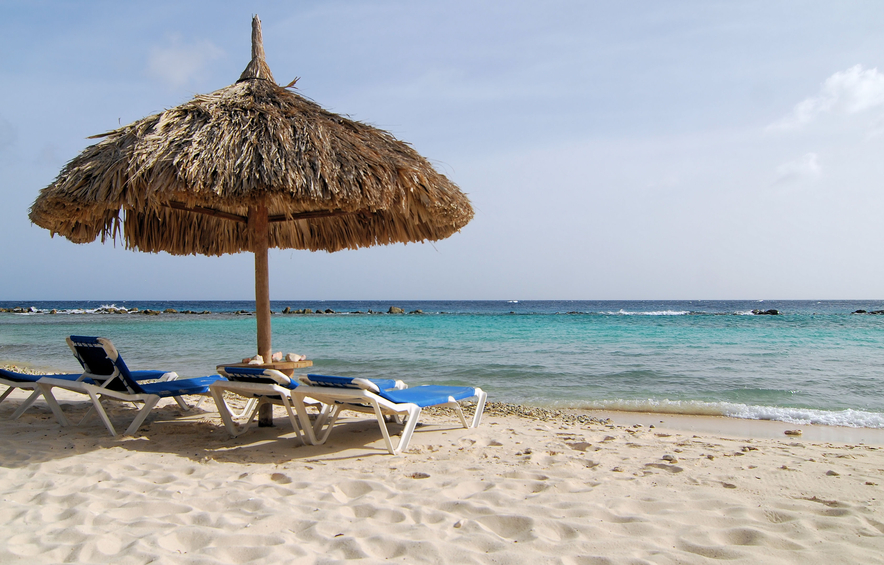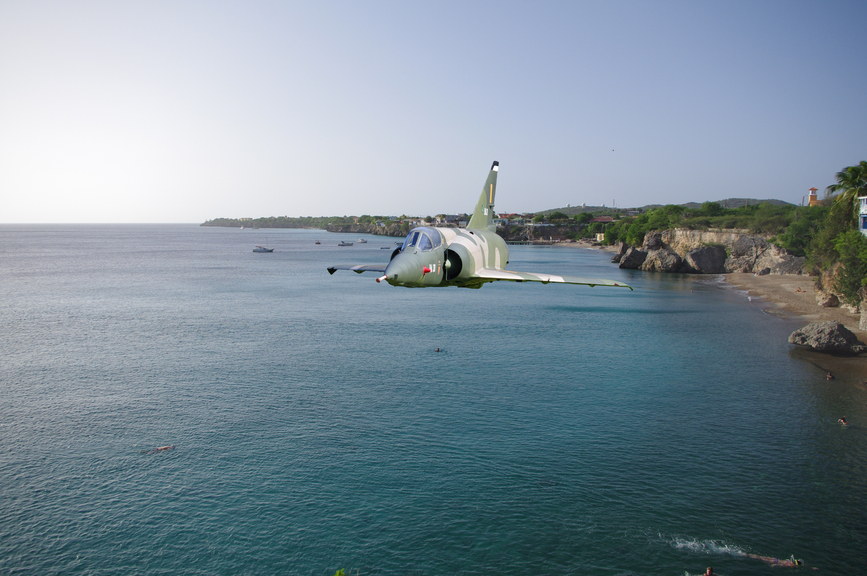Sasha, DH6TJ will be active from Curacao Island 2 February - 31 March 2015 as PJ2/DH6TJ.
He will be active on 20,15,10m SSB using Icom IC706MKIIG transceiver and 300 watt amplifier.
No qsl route announced
Information from qrz.com
QSL: NOT MEMBER IN ANY CLUB - ONLINE LOG AT QRZ.COM
Ads: Sascha Kolonko, DH6TJ , secret, Berlin, DE 14109, Germany
Curacao Island with its astonishing beauty
An island in the Caribbean, Curacao Island is among the group of islands known as the ABC islands, of which the other two re Aruba and Bonaire. The ABC islands are located near Venezuela and are technically out of reach of the Caribbean’s ‘hurricane zone’. With its proximity away from the hurricane zone, the island does make for pleasant vacations with no risk of interruptions. It has a rich history that dates back to the 16th century.
Rich source of history can be found with a visit to Central Willemstad, with marvelous museums and fascinating old buildings. Along the countryside, you will find remnants of plantations doted around. The West coast on the other hand does boast of splendid little beaches, that make for wonderful snorkeling, diving or just plain lazing about.
Geographical aspects
Curacao Island is a generally flat island that stretches approximately 40 miles from Southeast to Northwest with much of the same north south angles s its sister islands of Aruba and Bonaire. It is a long and arid island that lies on the continental shelf of South America, with its highest point being the Sint Christoffelberg 1,230ft(375m) Its coastline boasts of inlets and bays.

Climatic conditions
Curacao Island boasts of a tropical savannah climate that comes with a wet season from the month of October to December and a dry season for the rest of the months. This means throughout the year, this island does have little rain and warm temperatures. As such, a visit to the island will mean embracing generally low humidity levels with frequent breezes that tend to penetrate the heat of the day.
Demographics
Official languages on the island include Dutch, English and Papiamentu, of which the sole language used for administration and legal matters is Dutch while the most spoken language is Papiamentu(Portuguese Creole). There is a huge mix of ethnic groups on the island spanning the Dutch, African, Latin American, European, Colombian, Haitian and Venezuela influence. Other ethnic influences to the island include; the Sephardic and Ashkenazi Jews, the French, Portuguese, and the Levntine.
On the religious aspect of the island, a vast majority of the island’s occupants are Roman Catholic, taking on approximately 85% of the general population. Other religious influences to the region include the Methodist Church, Seventh Day Adventist, Pentecostals, Muslims and Hindus in addition to a section of the population that practices Montamentu.
The Jewish community, although small, has had a huge impact on the island’s history, with the oldest active Jewish congregation in the Americans dating back to 1651.

Culture
Curacao Island has a strong cultural sensibility with a rather remarkable literary tradition (primarily in Papiamentu and Dutch). Predominant throughout the Curacaoan literature are narrative techniques in addition to metaphors that are best characterized as magic realism.
The cuisine to the island basically consists of a local food known as Krioyo. The blend in flavors and techniques can be best compared to Latin American cuisine and Caribbean cuisine. In essence, the island does have a blend of West-Indian, European and East Asian flavors. Some of the more popular dishes to the island include: Guiambo which is made from seafood and okra, sopi mondongo which is basically intestine soup, stoba which is a soup that is made from a variety of ingredients such as beef, goat or papaya, kadushi which is basically cactus soup and funchi which is cornmeal paste that is similar to ugali, fufu and polenta.
The music, dance and language to the island speak of its strong ties to its African memories. Tambu, which is an ancient form of music and dance is one of the island’s more strong manifestation of its African past. In addition, the Curacaons also adapted the French quadrille, polkas and waltzes as well as European music and dances.

Tourism
Tourism may play a big role on the island’s economy, however, it is not its reliant source of income. A number of people visiting the island do come from Eastern United States, the Netherlands, and South America. A number of tourists do come for scuba diving, snorkeling, and a general enjoyment of the vista.
Prostitution
The island does make prostitution legal and to back up this fact, the Le Mirage, which is a large open-air brothel has been in operation near the airport since the 1940s. The island is also faced with a number of human trafficking problems related to prostitution, of which the U.S State Department has noted that a number of women are trafficked to the island from Brazil, Peru, Colombia, Haiti and the Dominican Republic to engage in the trade.
Education
Public education on the island is based on the Dutch educational system. Aside from the public education, also available on the island are private and parochial schools. There is compulsory primary education that starts at the age of six and continues for six years, with the secondary education lasting for five years. The public law that ensured compulsory education came into play in 1992.
Higher learning can be achieved at the University of Curacao, where the comprehensive model of education falls under the influence of both American and Dutch education. There are also other institutions that offer higher education on the island inclusive of offshore medical schools, academies of fine art, language schools, police, music as well as teacher and nurse-training.
Facts about the island
- Curacao is the largest and most industrialized island in the Netherlands Antilles
- The island boasts of a number of white-sand beaches, popular casinos and crystalline waters that beckon many a tourist.
- It comprises of a multi-cultural population
- Prostitution is legal on the island
- The cuisine blends the Caribbean and Latin American cuisines in addition to West-Indian, European and East Asian flavors.
- As of 2013, the employment rate on the island was recorded at 13%
- It does have an open economy that includes international trade, tourism, refining, shipping services, storage, in addition to international financial services. According to the World Bank Curacao does posses a high income economy.

